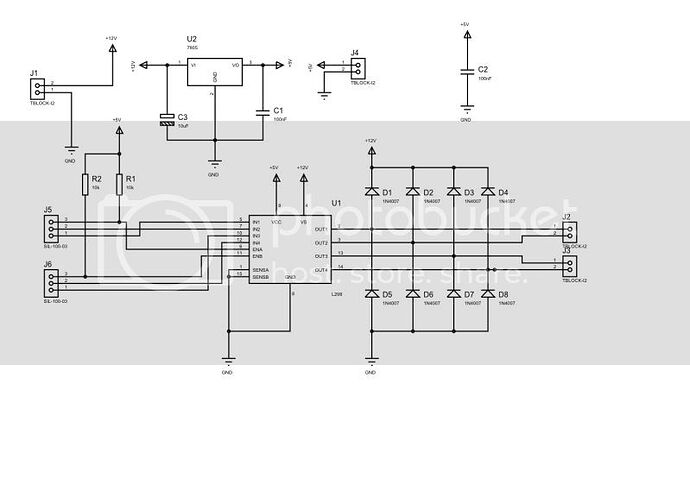Technically, you don't need the resistors if you're not trying to limit the current.
These resistors are not intended to limit current.
If you feel you need a sensing resistor, then you need to put a potentiometer in to start, and find out where the cut-off is, and what value works best.
Don't do this. As explained in the datasheet. It is not there to limit current, it is there to allow measurement of current.
[edit]Unless it is a low resistance 'power' potentiometer designed to dissipate heat, it would be lucky to get close to a reasonable value before getting damaged.
Low value power potentiometers are often wire wound, with significant inductance, which will likely react with the motor, so the DC resistance value measured with an ohmeter will probably be misleading.
If the motor uses such a small amount of power that an ordinary potentiometer is okay, then the motor used so little power that the L298 would be very unlikely to be damaged by the motor.[/edit]
The purpose of the sense resistors is so that an external system can detect how much current is flowing through each motor (load).
By measuring the voltage drop across a fixed resistor (the sense resistor), the current flowing through the motor can be deduced from Ohm's Law:
I = V / R
Put a low value resistor in the path from the sense resistor pin to ground (say 0.1 ohm, to make the arithmetic easy, with a power dissipation, of say 1W), and
Measure the voltage dropped across the sense resistor using an analogue input on the Arduino
I = V * 10 (for an R of 0.1, and remembering that 1V is approx 100)
This allows the Arduino to be used to monitor the current through the motor, and even decide if it is stalled, and switch it off.
HTH
GB
